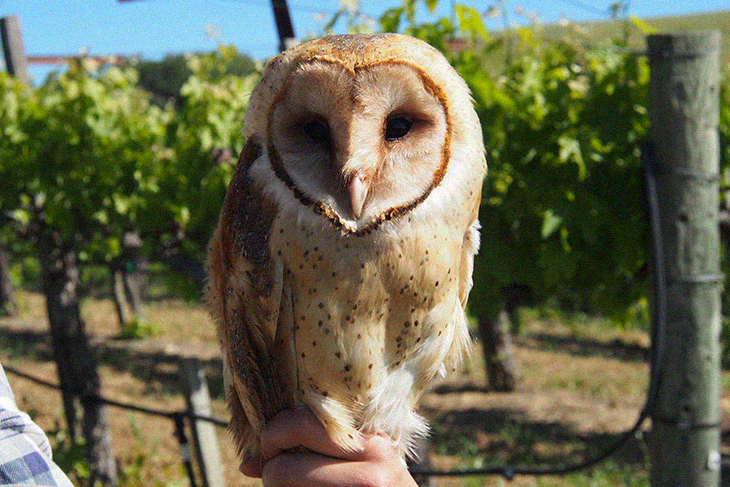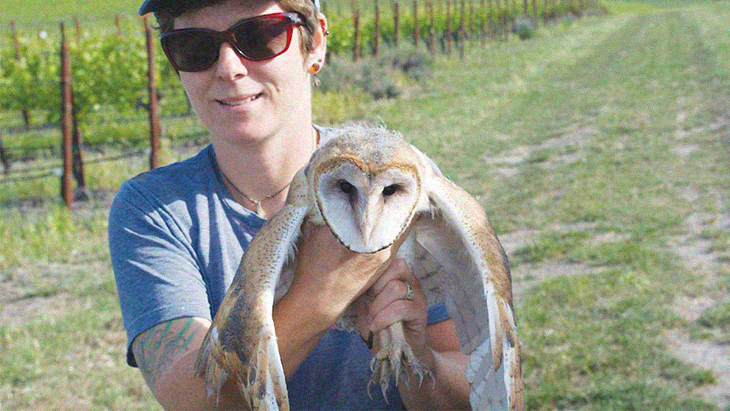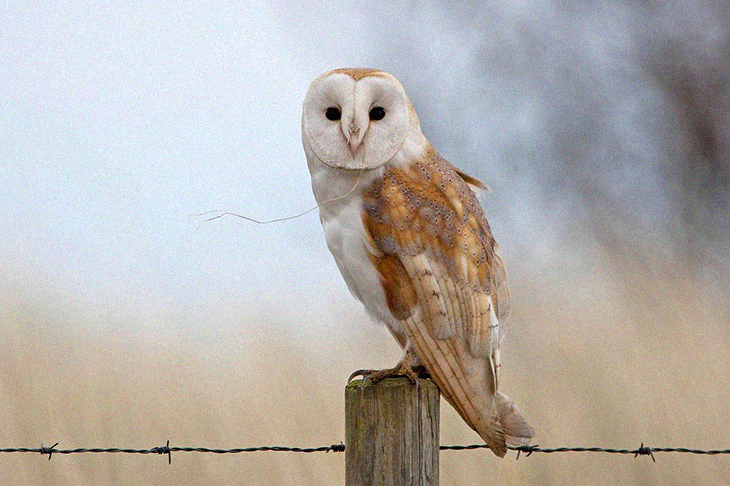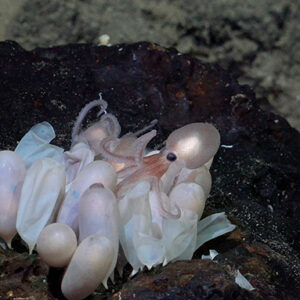
Farmers oftentimes make use of chemicals to protect their plants and harvests. While these are effective in keeping insects at bay, these chemicals may also harm the beneficial animals that live in these greens.
Thankfully, nature also has a way of balancing out the ecosystem. It’s man’s job to find out what these are. There are certainly better ways of protecting plants without resorting to dangerous substances that prove to be more harmful than beneficial.
Napa Valley vintners have now learned their lesson when it comes to using toxic chemicals. They have increasingly been turning to winged-laborers for pest control services. Staying away from super toxic pesticides that poison everything, including the wine, should be the option for wine makers all over.
Barn owls have particularly been effective, but so are hawks and other birds of prey. These winged creatures are known as raptors, they are now welcome to make home in vineyards across California. They are skilled when it comes to rat-catching, vole-estation, and gopher-gobbling. The scientists who have thought of this strategy have been studying the impact of these methods, and they are finding heartening results.
For years, vintners in California were proud of the certain allure that has become characteristic in their wines. In fact, this je nais se quois is the very thing that had made Napa a world class destination for grape growers.
Unfortunately, these vintners were using super-toxic “rodent-icides.” This is a kind of poison people had often used to kill the mice and voles that thrive and live on vines. The poison brand had become the industry standard in the state. This happened until the 1980s when raptors, trapping, and other more holistic methods had become the strategy of choice.
According to the nonprofit organization called Napa Green, there was a trend that leaned toward chemical-free farming statewide. This was reflected in the threefold increase of organic winegrape acreage since the year 2005. In fact, the number of organic acres doubled in just the ten years. Now, the barn owl has become one of the world’s most efficient pest controllers. The animals is now found on 6 of the 7 continents. So effective is the owl that they are capable of eating 3,400 rodents each year as part of their diet.
Matt Johnson, a wildlife professor at Humboldt State began a program years ago. He went deep to studying raptor pest control in vineyards and research the results these had. In one of his surveys, he discovered that of 75 California wine makers, a total of four-fifths of them intentionally invite owls onto the property. They encourage these birds to make the vineyards their home by building nest boxes for them to live in.

“We’re working mainly in Napa Valley, where there are over 300 barn owl nest boxes,” Johnson wrote on the webpage of the department he’s in.
“You can literally put a barn owl nest box in the exact location where you think you have a problem with the small mammals, and voilà! The owls will start using that area,” John C. Robinson, a local ornithologist, said to Bay Nature Magazine when he spoke to them.
Johnson and his graduate students have seen how these barn owls liked their boxes. They use it to sit around 9 feet high from the ground, face away from the sun, adjacent to an unkempt field, and preferably away from acres that are forested.

Early surveys also show that this is doable. More vintners are using barn owls and even traps nowadays rather than pesticides. Now, the amount of pesticide use avoided in favor of the owls has yet to be accounted for.
All the incentives are visible. Because using owls is much less expensive than trapping, they have saved 26 cents per rodent as opposed to a whopping $8.11. More importantly, this wonderful and breathtaking species of birds are able to thrive.
Ventura County uses birds. Included in the winged creatures are hawks, falcons, and owls. Rodenticides are no longer the preferred method. They needed to do something more practical and something more sustainable because there are nearly one hundred dikes and dams in the area, and the rodents’ burrowing can cause damage to these structures. Moreover, Ventura County Watershed Protection Department reports that they have saved as much as $216,000 per channel mile.
The owls help the wine makers save money by keeping costs low, protecting their wine (whether red or white, or “green”). This shows that the wine maintains its delicious taste and the surroundings remain dignified. Napa will still be known for its majestic valleys and reputable vineyards.
What are your thoughts? Please comment below and share this news!
True Activist / Report a typo


